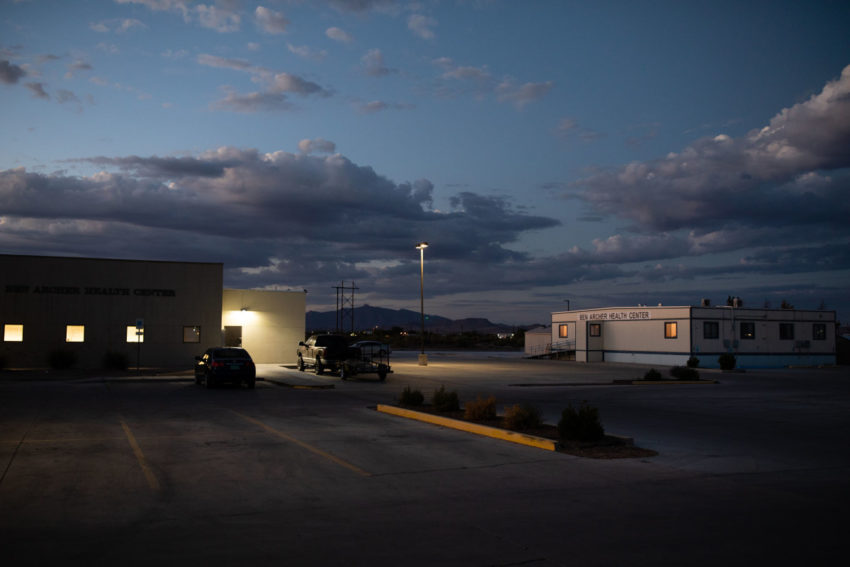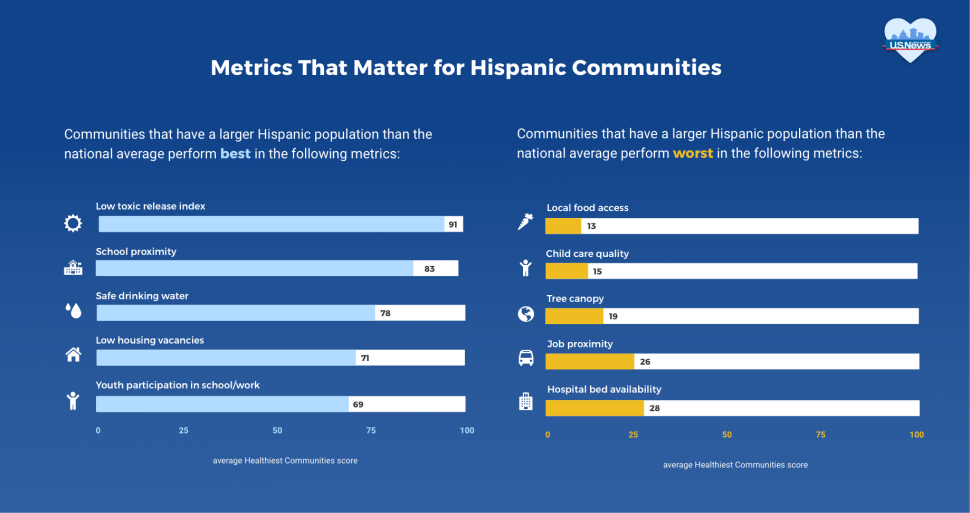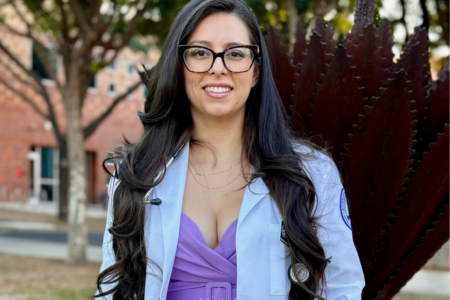
Share On Social!
Grant County, New Mexico (50% Latino).
Luna County, New Mexico (65% Latino).
Two counties. Both rural, largely Latino, with high poverty. Only 68 miles apart.
Yet health is failing in one county, and prospering in the other.
Why is this? What can we do?
Health Ratings: Luna vs. Grant
U.S News & World Report‘s new Healthiest Communities rankings use a 100-point scale to assess well-being in 3,000 U.S. counties. Metrics include economic, educational, and health outcome
Grant County scored 62 of 100.
Luna County scored 31 of 100.
 Grant ranks in the top-third of counties. They rank 20th among other rural communities with up-and-coming economies. Luna ranks in the bottom-third of counties.
Grant ranks in the top-third of counties. They rank 20th among other rural communities with up-and-coming economies. Luna ranks in the bottom-third of counties.
In health outcomes, Grant is doing better than Luna in many aspects:
- Heart disease prevalence (17% to 27% among Medicare patients)
- Obesity (22% to 25%)
- Adults in poor or fair general health (19% to 26%)
- Heart disease death rates (160.1 per 100,000 people to 214.7)
- Breast cancer death rates (17.3 breast cancer deaths per 100,000 women to 29.5).
Why Is Grant Doing Better, and Luna Worse
There are reasons Grant is doing better.
Quality healthcare access. Grant has 89 physicians per 100,000 residents, compared to 45 in Luna.
Better economy. Grant has less poverty than Luna (21% vs. 30%) and lower unemployment (7% vs. 15%).
Some economic and cultural factors make access to care more difficult in Luna.
“The population of patients that we have at this clinic is very underserved,” Adriana Paredes, a nurse in Luna County, told U.S News & World Report. “They unfortunately lack a lot of health care knowledge. A lot of them lack that knowledge because their parents have instilled a seed of urgent, acute care for them and not preventative care. They really never go to the doctor.”
Another big issue: transportation.
“Transportation issues and access to cheap pharmaceuticals in Mexico contribute to why many [patients in Luna] don’t receive regular care for chronic conditions,” Adriana Paredes, told U.S News & World Report.
What Can We Do about This?
Healthcare access is a challenge in many U.S. Latino communities.
Many Latino families lack of access to healthcare and economic and educational support, according to a Salud America! research review. Rural areas are increasingly becoming hospital deserts.
Fortunately, many Salud Heroes are trying to build family support.
In a Colorado, Ricardo Rocha started a business, Abarrotes Bondadosa (Goodness Groceries). He delivers groceries by motorized tricycles to four of the lowest-income neighborhoods in Denver.
Minerva Perez’s free ride program brings Latinos to their medical appointments in New York
In Texas, Sylvia Lopez’s nurse home visit program connects pregnant Latinos to health services.
Lisa Blue and a clinic system revamped their entire healthcare team in Arizona. Now they provide better medical homes with preventive care to Latino families.
What can you do in your town?!
By The Numbers
25.1
percent
of Latinos remain without health insurance coverage



